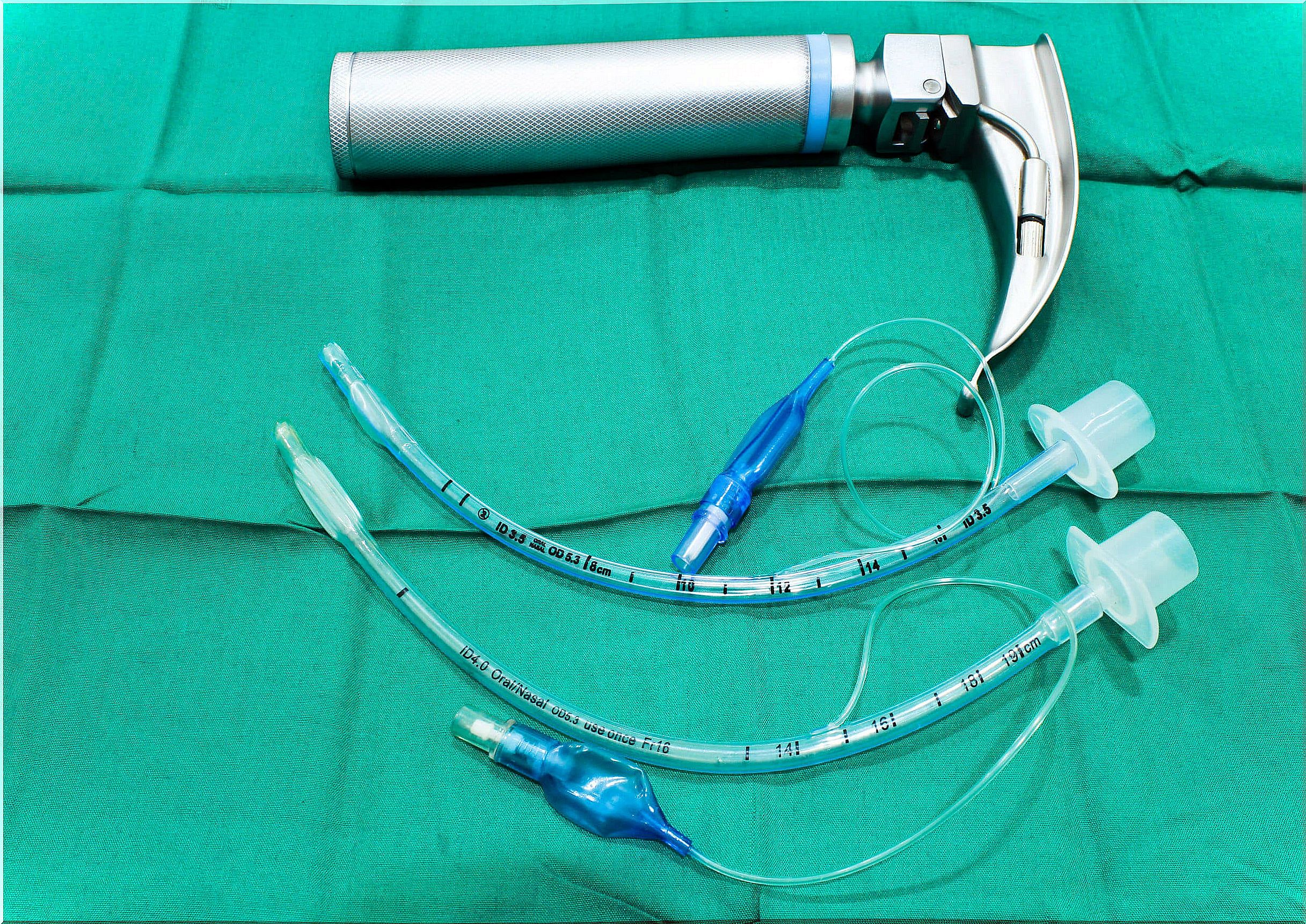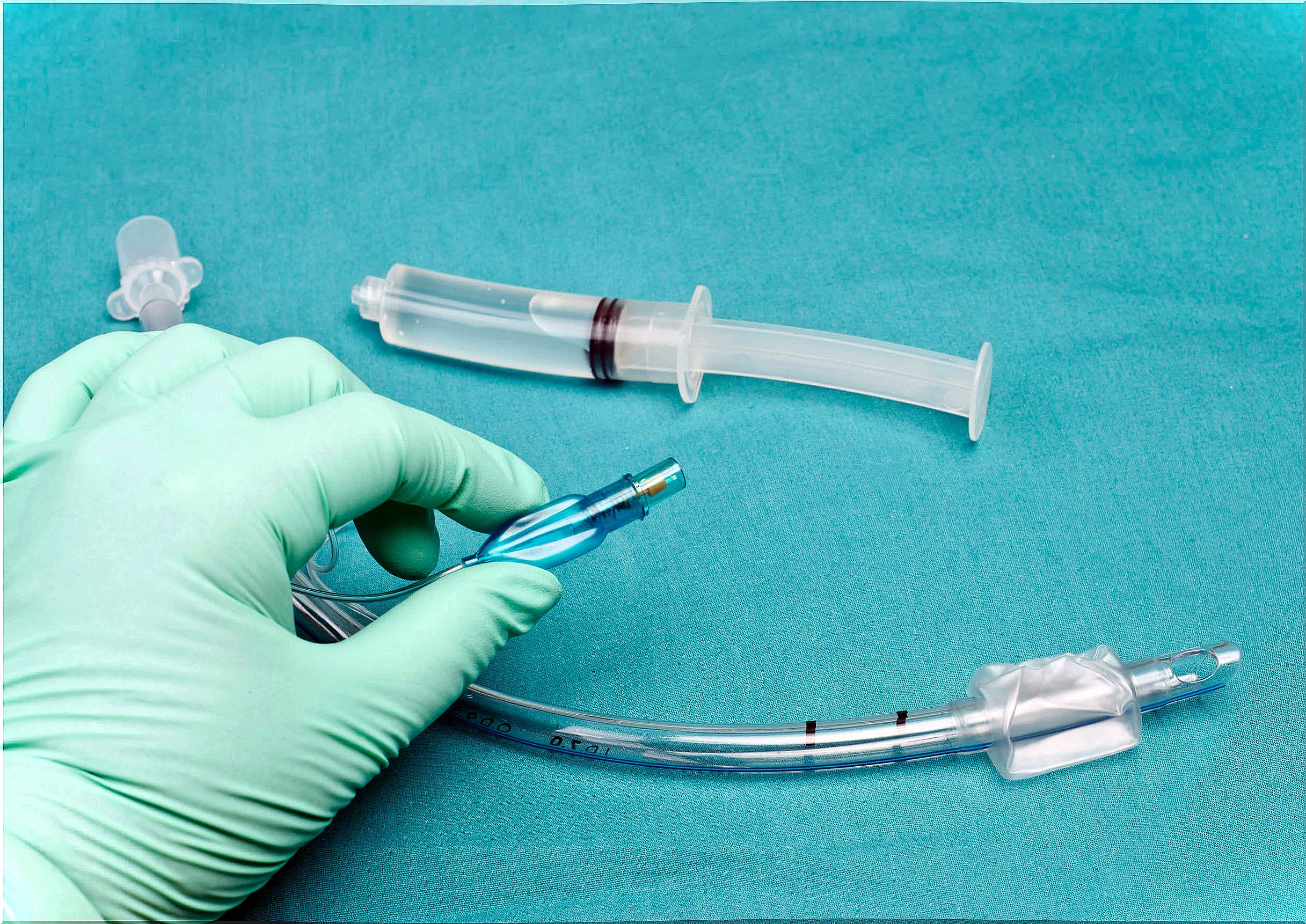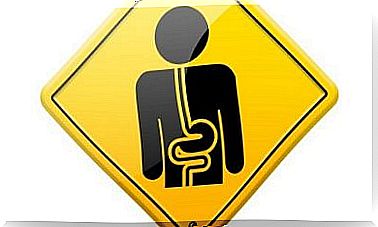Uses Of Endotracheal Tubes
Endotracheal tubes allow an open airway to be maintained. Today we will discover more about its use.

Endotracheal tubes are usually inserted through the mouth or nose to ensure that the airways are open and that the patient can breathe properly.
It is commonly used when a patient is given general anesthesia, is in critical care, needs mechanical ventilation, or has accessed the emergency department with a problem affecting the airways.
Some studies qualify this procedure as “invasive mechanical ventilation. ” The reason for this definition is that the airways are forced to be open, even when they are closed due to the tension that the patient may suffer.
In many situations, it is necessary to use drugs or some medications that help relax the muscles in the area to allow access to the endotracheal tubes. Next, we will see how they are used, their composition and what we must take into account.
The parts of the endotracheal tubes

Endotracheal tubes or invasive mechanical ventilation systems consist of different parts that it is important that we know how to differentiate. Let’s see them below:
- Connection : it is a piece that is between the tube and the respirator. We could also define it as a mouthpiece and it is the opposite part to the one that is introduced into the interior of the airways.
- Body : it is the main part of the endotracheal tube that will allow the passage of oxygen. It usually has a light so that doctors can see if they are inserting the instrument correctly through the windpipe.
- Tip : This is the opposite end of the “connection” which is sometimes shaped like a point with a hole known as a “Murphy hole.” In some tubes this is absent since it increases the risk of injury to the airways.
- Balloon : It is located near the “connection” and is usually of a tailored and ergonomic design to facilitate intubation. This part of the tube helps reduce pressure on the walls of the windpipe. It is usually more used in children.
Types of endotracheal tubes
Despite the parts of the endotracheal tubes, there are different types. We are going to see some of them and the characteristics they have.
- Single lumen endotracheal tube : a sterile device made from polyvinyl chloride or silicone. It can be introduced orally or nasally and anesthesia may be required to improve the patient’s tolerance to intubation. It has a ball with high volume and low pressure.
- Dual-lumen endotracheal tube : ideal for patients with asymmetric lung disease or who have a bronchopleural fistula, as it allows independent pulmonary ventilation, that is, ventilation of a single lung.
- Special endotracheal tube : there are several types such as laser resistant if it is needed during a surgery that requires this element, spiraling with a wire reinforcement inside the wall of the tube to avoid clamping or preformed that are used in neurosurgical procedures and orofacials to improve exposure.
- Tube with additional port : allows the administration of drugs that are necessary for the patient in an emergency situation such as anesthesia or relaxants to favor the introduction of the tube through the airways.
As we can see, there are different types of endotracheal tubes that can meet the needs of each patient at a certain time. However, let’s see what we should take into account.
Aspects to keep in mind

Knowing how to place an endotracheal tube well is something that those professionals who are in the emergency department should know very well. Failure to follow the proper steps and doing so in a rush can put the patient’s life at risk.
First of all, never insert any type of endotracheal tube by force. If the airways impede their passage due to tension or agitation of the patient, a painkiller or relaxant must be given to avoid damaging the walls of the trachea.
Likewise, professionals who carry out this type of intervention must do so with precision, speed and agility. In addition, they must know what type of tube the patient needs to avoid wasting time.
A complex but necessary technique
We hope that all this information has been useful and that we have been able not only to know when this type of instrument should be used, but also the different types that exist depending on the circumstances that arise.









